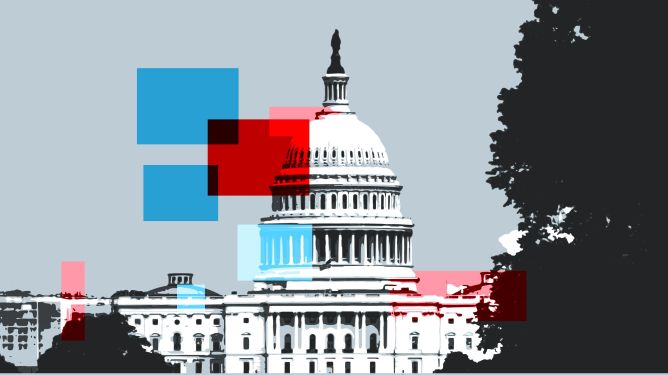The Biden Administration’s Executive Order on AI: A Step Forward or a Stopgap Measure?
As the world prepares for an international summit on AI safety, the Biden administration has announced the details of a long-awaited executive order on artificial intelligence. While this move is seen as a significant step forward in addressing the opportunities and risks associated with AI, experts and stakeholders have emphasized that the president’s actions are limited by the absence of legislative support.
The Challenges of Regulating AI
Governments around the globe are struggling to keep pace with the rapid development of AI technologies. The twin risks of premature action stifling innovation and dilatory action permitting abuse or exploitation have led to a patchwork of regulations that are often inadequate or outdated. In the United States, the absence of comprehensive legislation has forced the administration to rely on executive orders as a stopgap measure.
The Executive Order: A Voluntary Approach
President Biden’s executive order is designed to promote AI safety and security by establishing voluntary best practices for companies to follow. While this approach may seem promising, experts have noted that it falls short of addressing the root issues associated with AI development and deployment. The limits on what a president can do with an executive order mean that the focus is on sharing results, developing guidelines, and providing clear direction.
The Need for Legislative Action
Despite the administration’s efforts, the lack of legislative remedies to potential AI risks and abuses remains a pressing concern. Federal action on social media platforms and tech giants like Amazon and Google has been sporadic, and a comprehensive law defining and limiting the use of AI seems as far off as ever. The industry’s rapid evolution has made it challenging for lawmakers to keep pace with emerging technologies.
A New Approach: Setting Up a Regulatory Agency
Some experts have suggested that setting up a new federal agency dedicated to regulating AI and technology could be a more effective way forward. This approach would allow policymakers to address the complex issues surrounding AI development and deployment in a more comprehensive manner.
The Timing of the Executive Order
The timing of the executive order has raised some eyebrows, as it appears to preempt Vice President Harris’s remarks on AI regulation at an upcoming summit. While the administration may have felt pressure to act quickly in response to growing concerns over AI safety, some observers believe that a more collaborative approach with international partners could have yielded better results.
The Way Forward
As the world continues to grapple with the challenges associated with AI development and deployment, the Biden administration’s executive order represents an important step forward. However, it is clear that more needs to be done to address the complex issues surrounding this rapidly evolving technology. A comprehensive legislative approach, coupled with international cooperation and a willingness to adapt to emerging challenges, will be essential in ensuring that AI benefits society as a whole.
Key Takeaways
- The Biden administration’s executive order on AI represents a step forward in addressing the opportunities and risks associated with artificial intelligence.
- However, the lack of legislative support and the absence of comprehensive legislation remain significant concerns.
- A voluntary approach to AI regulation may not be sufficient to address the complex issues surrounding this rapidly evolving technology.
- Setting up a new federal agency dedicated to regulating AI could provide a more effective way forward.
- International cooperation and a willingness to adapt to emerging challenges will be essential in ensuring that AI benefits society as a whole.
Related Articles
- Researchers Open Source Sky-T1, a ‘Reasoning’ AI Model That Can Be Trained for Less Than $450
- Nvidia’s AI Empire: A Look at Its Top Startup Investments
- Microsoft Accuses Group of Developing Tool to Abuse Its AI Service in New Lawsuit

